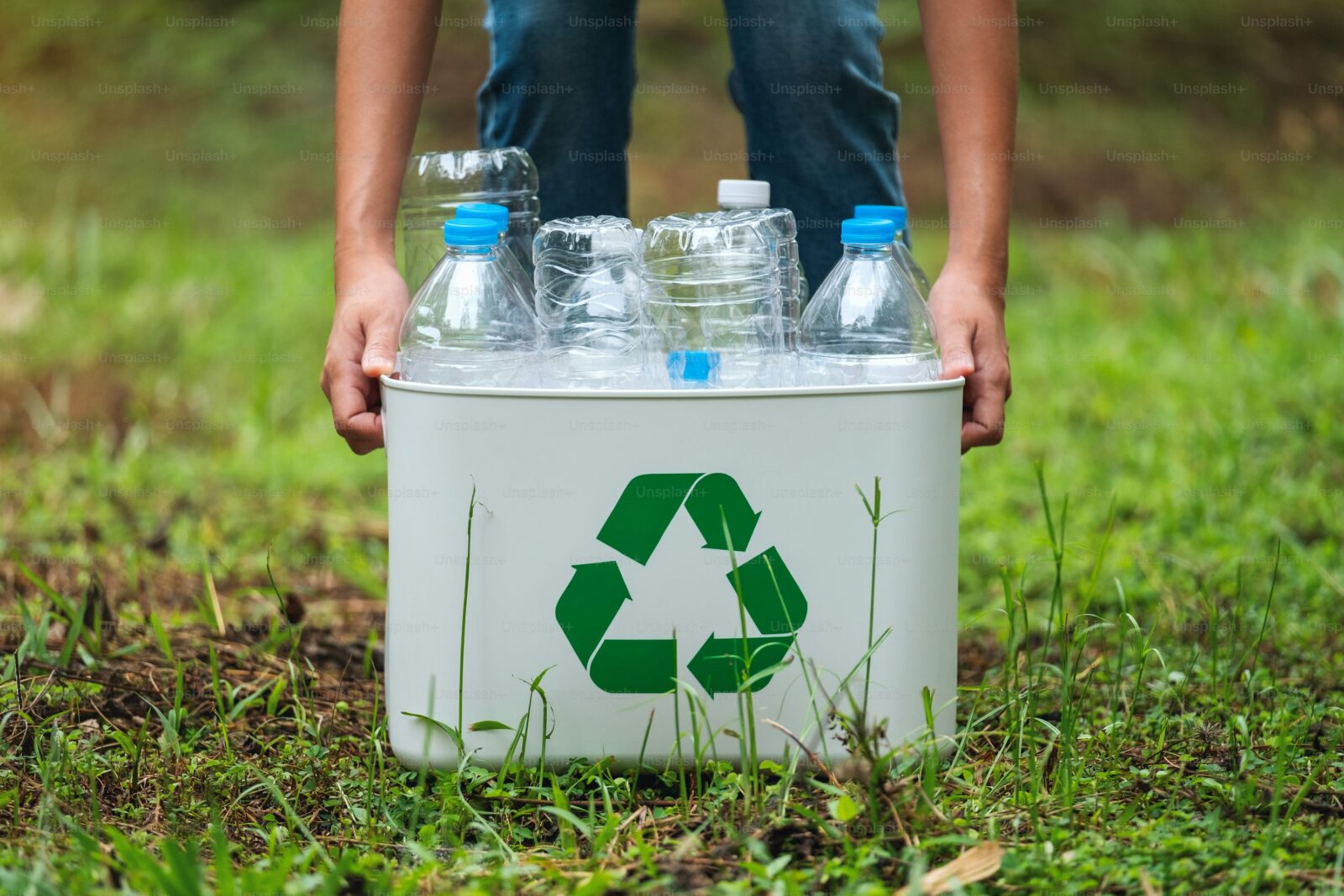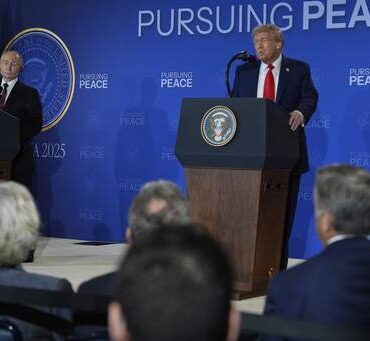Failure of talks for plastic treaty turns focus back to reduce, reuse, recycle

Talks aimed at a global treaty to cut plastic pollution fizzled in Geneva this week, with no agreement to meaningfully reduce the harms to human health and the environment that come with the millions of tons of plastic water bottles, food containers and packaging produced today.
Though as many as 100 countries sought caps on production, powerful oil-producing nations like Saudi Arabia and the United States stood against them. They argued the caps were unnecessary and a threat to their economies and industries.
That means any progress continues to depend on efforts to improve recycling, reuse and product design—the very things that powerful nations argued were sufficient to address the problem without resorting to production cuts.
Here’s what to know about how successful those efforts have been.
The world makes more than 400 million tons of new plastic each year, and the Organization for Economic Cooperation and Development (OECD) estimates that could increase by about 70 percent by 2040 without meaningful change. A great deal of that ends up in landfills or, worse, the environment.
Pollution isn’t the only problem. Plastics, made almost entirely from fossil fuels, are a major contributor to greenhouse gas emissions. Plastics generated 3.4 percent—or 1.8 billion tons—of planet-warming emissions across the globe in 2019, the United Nations says.
It’s notoriously difficult to recycle plastics; only 6 percent of what’s made gets recycled, according to the OECD. That’s largely because different kinds of plastic cannot be recycled together. They have different chemical compositions, making it costly and time-consuming, and requiring a lot of manual sorting.
“There are many different colors of plastics, many different types of plastics called polymers, and 16,000 to 17,000 different chemicals used to make plastics, so by design, plastics are not easily recyclable,” said Judith Enck, president of Beyond Plastics, an organization that works to cut plastic pollution.
A lot to ask
The plastics industry says innovations in material science are helping to incorporate more recycled plastics into products and enable more plastic products to be recyclable.
Depending on consumers for accurate presorting is a lot to ask. And cities may hesitate to make costly infrastructure improvements to their recycling programs if there is little financial incentive or market for the recycled material.
Further, mechanical recycling mixes used plastic with new plastic, and the addition of more chemicals. It also requires other steps that shed much smaller plastic particles into the environment.
Plastics recycling also usually requires plastic that’s never been recycled before—called virgin plastic—as used plastic is weak, said Holly Kaufman, director of The Plastics & Climate Project and senior fellow at World Resources Institute. “It does not make much of a dent.”
Because of this, she says, “The aim should be to significantly reduce plastic production, use, and waste, not recycle more.”
“Reuse means creating packaging or products designed to be used multiple times, like refillable containers, or more durable zippered bags that can be washed and refilled many times, extending their lifespan and reducing waste,” Ross Eisenberg, of America’s Plastic Makers, said.
Experts say reuse is extremely important, but reusable products shouldn’t necessarily be used for consumables because of the risk of microplastics.

















